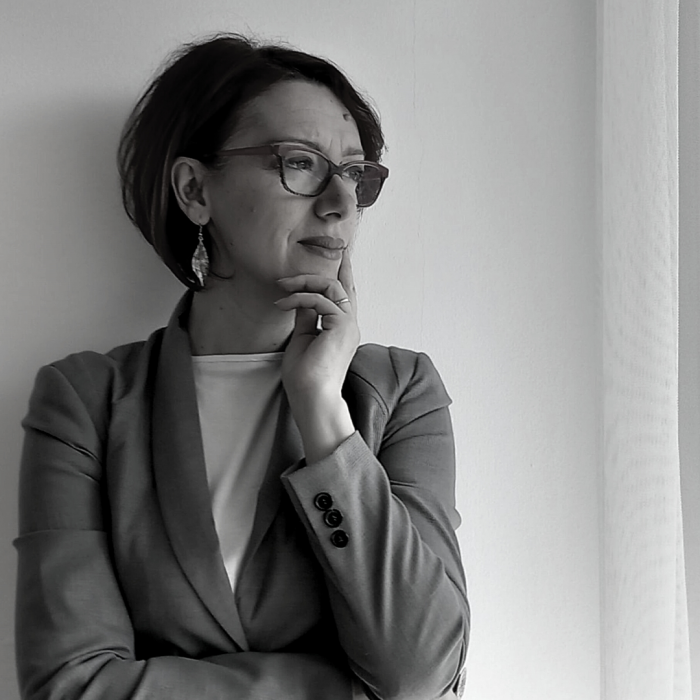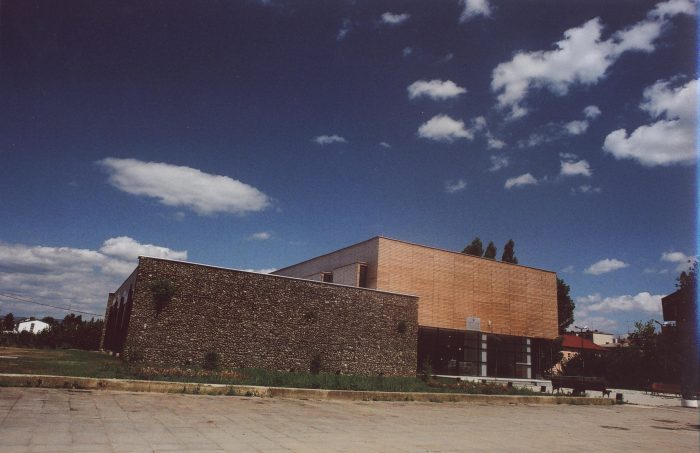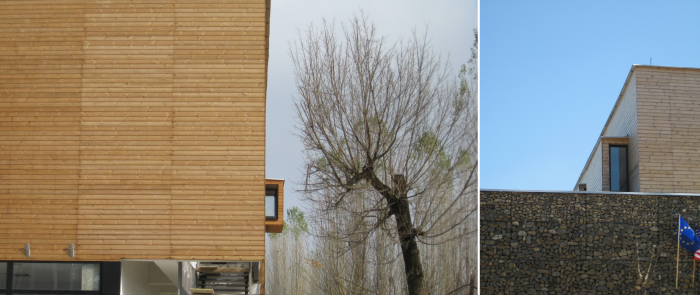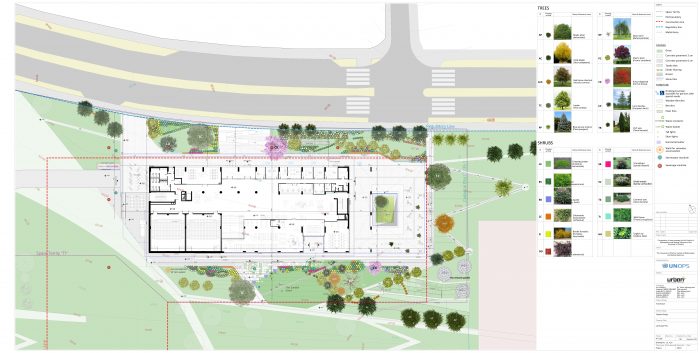
- Permbajtja
- prev
- next
- prev
- next
ALBANIAN ARCHITECTS: ARDITA BYCI JAKUPI

A brief description of you, where you work, how many years of experience you have and your area of expertise.
I graduated at the Faculty of Architecture at the University of Pristina (2003) where I started my work as a professor. I completed my doctoral studies at the Faculty of Architecture at the University of Sarajevo (2021).
In 2001, I joined the architecture and urban design studio URBAN PLUS, where after 4 years I became a partner. My experience includes a multitude of projects in the field of architecture, landscape, urban design and spatial planning, ranging from research, design to leadership and project management.
The combination of professional work with scientific work has caused many of them to be presented as good models in international and national conferences.
My main focus is the invisible dimension of the place, namely the treatment of the environment in a sensory and psychological context for which I have published several scientific researches.
Why did you choose architecture? What was the spark that led you to this profession?
"Everything you saw and marveled at, you tried to interpret, whether it was through drawings, symbols or codes, right there and wherever you could: on walls, corners of tables, clothes, in body parts", this is how my parents described me when I was little.
The talent to interpret graphically and the fascination for the universal language - mathematics, was a combination that gave a message that I would be directed towards architecture. This later, in adolescence, became even more powerful, when I began to question architectural standards that were designed for a right-handed environment. I'm left-handed. Imagine a day when you wake up in the morning and everything seems backwards. Maybe that's how you would understand.
This kind of "rebellion" still unformed in adolescence later questioned social norms for which I had different approaches and perspectives. It is precisely this doubt that will become a source of inspiration from which my metaphysical approach to architecture is derived. An approach which later, through scientific research, I represent through psycosmogenic patterns that are related to the mental and spiritual dimension of the place.
What has been the most challenging project for you? Why?
The biggest challenge for me was when I designed the first house.
Architects often forget that with our Idea, our perspective and our philosophy we are determining a life of a person, couple or family. We can unconsciously impose our concept of living on someone who has a completely different way and philosophy than ours. This is reflected in the design, in the function and contents of the house, up to the details that make up its interior space.
"Walking in someone's shoes" is a motto that every architect should follow. It is challenging, of course, but a way that provides us with a safe and quality design.
What do you think of architecture and which is the project that best represents you?
Architecture is a profession with many responsibilities.
As much as we can influence the improvement of the quality of someone's house or workplace, we can simultaneously destroy it. Imagine inadequate colour nuances in certain spaces which over time cause negative effects on people, imagine a bedroom without penetration of sunlight for someone suffering from respiratory or rheumatic diseases, imagine spaces without contrasts for people who have vision problems. Our impact is also on a global scale. A non-responsible design is one more problem in the chain of problems that are constantly affecting our planet Earth.
In our studio, what has been characterized since the beginning is teamwork. Each building is composed through a group work where everyone contributes their own idea.
My footprint can be seen in the generation of concepts, compositions and in particular in the relationship between the building and its surrounding space or landscape.
If we consider the message that the building gives, then the Regional Library in Gjakova will be able to represent me: through the elimination of the monumentality that these buildings once represented, bringing it to a more humane scale and closer to man; through the dialogue between stone (extracted from the city's river), wood and greenery as the main features of architecture and especially the visibility of natural materials and simplicity in composition as resistance to the phenomenon of post-war architecture in Kosovo where the trend was the use of synthetic materials and turbo folk architectural style.

What advice would you give yourself at the beginning of your career, valid even for young architects or those girls/women who want to become architects?
Doubt even more! It improves you.
Since we are living in a time of "Shock architecture" do not become a victim of bad models that come as a result of the egos of various investors who want to show their dominance through megalomaniacal projects and overloaded architecture.
Young architects need to understand the notion of "embodiment". They should study as much as possible the site for which they will design. To see it by involving all the senses and feel it. To project themselves in that place. To incarnate with it as much as possible because only in this way they will create an original building, a building which seems to have come out naturally and not hard 'planted'.
Also, not to become selfish in the idea of reflecting individuality in an imposing way, but that individuality, through the original features that came out of the embodiment, in their design to be composed in such a way that the building creates the impression that always has been there and will be for a long time.
Embodying and presenting individuality through the careful design of architectural elements is very important considering that we are entering in a new reality where human intelligence will merge with the intelligence of the machines. So "grab" the moment, because it will make you more privileged in relation to the next generations of Gen Z architects.
What inspires you in your work? (Artist/architect)?
Man and nature are the basis of my inspiration. Man with his emotional intelligence while nature with its perfection, complexity and mysteries.
From nature I acquire patterns, processes and phenomena, while from man the sensations and experiences. From the first comes perfection, from the second the unification or translation of the universal on a human scale. I think this combination brings harmony and wholeness to the design. Of course, care must be taken in their interpretation and translation into design, although often as an intuitive act, but entirely acceptable to our human nature. The adequate relationship between manmade elements and those created by nature brings a sensory and psychological balance. This is the feeling that buildings or places brings to us when we say "I feel good there".
It's not that I have any specific architect/artist that inspires me. I am inspired by all those people, whether known or unknown, who are looking for the fragile and unique characteristics of the place for which they will design. I am inspired by all those cultures or people who find the essence of life in ordinary things and in everyday life. The same happens with architecture. That's how I see our profession. We must design based on the ordinary, the ordinary is the basic human requirement - architecture for human nature.
Three projects that you want us to feature on pikark.com
Regional Library in Gjakovë, 2007
Cultural Center
Status - Completed

Green School Pristina, 2009
Educational facility
Status - Completed

Landscape of Faculty of Natural and Mathematical Sciences Pristina, 2022
Educational facility
Status - In construction

